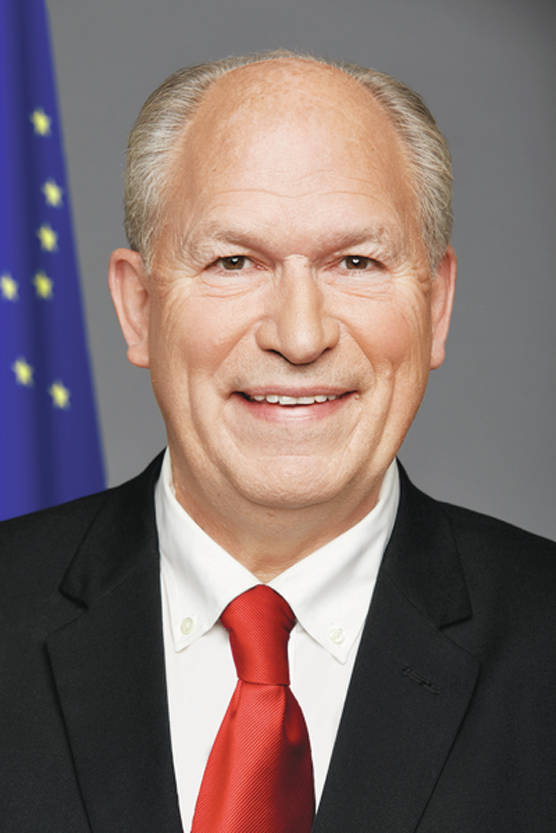For more than 50 years, the Alaska Marine Highway System (AMHS) has served as a critical transportation link among Alaska’s coastal communities to Anchorage and to the Lower 48 and Canada. The marine highway system is a socio-economic lifeline for many of the 33 Alaska communities it serves, the majority of which are not connected to Alaska’s road system.
The impacts of the AMHS ripple throughout the state. According to a 2014 study, every dollar spent on the AMHS yields an economic impact return of over $2 dollars — a 2:1 investment for the state. AMHS employees hail from 44 communities in Alaska. And do you know where the top Alaska destination is for travelers on the ferry? Anchorage.
Alaskan communities rely on the ferries to go to doctors’ appointments, to visit family, to move groceries and goods to their communities. Many Alaskan school kids ride the ferries to get to basketball tournaments or special events. For these Alaskans, the AMHS is more than a transportation link — it’s an important part of life, and serves as a fundamental connection to the rest of Alaska.
In recent years, the AMHS has experienced rising costs, decreasing budgets and reductions in service. Ferry users from around the state are expressing increasing concerns about service reductions and frequent schedule disruptions. The system’s aging fleet requires increased maintenance and potential vessel replacement. The state’s current fiscal challenge adds imperative to reexamine the system and the needs of those it serves. Separately, there is a current budget shortfall of almost $24 million for the AMHS for FY 17, which if not provided in a supplemental budget, will significantly reduce or halt service for many users of the system.
What are we doing to fix the system? In May 2016, Governor Walker signed a Memorandum of Understanding with Southeast Conference to engage in a statewide process examining the long-term viability of the AMHS. This movement was titled the AMHS Reform Project. During the past 18 months, this group has hosted a statewide summit, conducted interviews with key stakeholders, reviewed other ferry systems, and examined alternate governance models before publishing two reports with key findings and recommendations. One key recommendation from this group —beyond the need for stable funding—is the formation of a new, public corporation for the AMHS. This recommendation will be introduced as a bill during the current legislative session.
What can you do to help? We need your input and support as we move to protect the sustainability of the AMHS. We need your voices to express how important this system is to you and your communities. We need funding for the system now. Now is the time to engage and work to protect this vital system.
Over the years, numerous studies and surveys have been completed for Alaska and other jurisdictions with ferry systems. These studies have examined virtually all aspects of operations, and provide some insights and lessons for Alaska. We do not want the work of this group to be just another study — we want action and transformative change.
We must not be divided. Let’s build a ferry system that brings Alaska together as neighbors, and allows all coastal communities to grow and prosper socially and economically.
It’s time to work together to protect this important lifeline for Alaska communities. Let’s collaborate now to strengthen Alaska’s economy, vitality and future.
• Bill Walker is the Governor of Alaska. Byron Mallott is the Lieutenant Governor.

